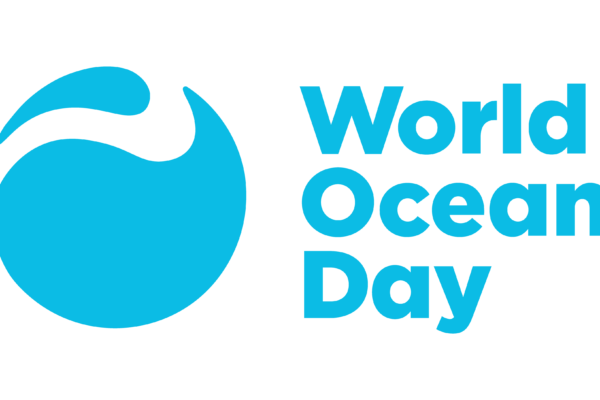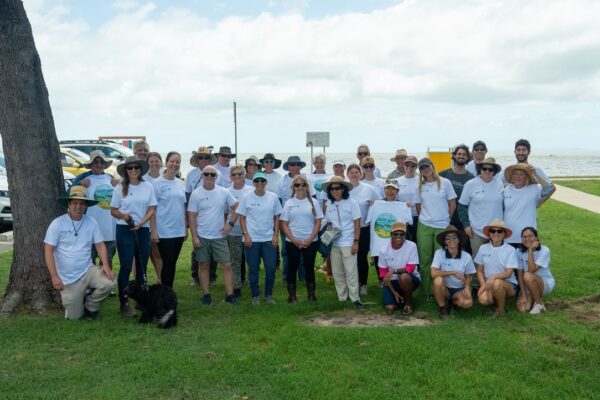In this week's round up: making the link between healthy ecosystems and 'green' actions, the basics on communicating climate and extreme weather, and audience insights. We're reorganizing our communications round ups to be more useful - please give us your feedback!
If you’re a science communicator or educator at an informal science center (such as a zoo, aquarium, or museum) trying to encourage conservation action – this is the round up for you! Every week we break down the most interesting recent news and best resources to help you frame the issues as effectively as possible. Some of these resources will be practical communications and framing tips, and others are great starting points for brainstorming future strategies.
Jump to...
Linking green actions with wildlife
Animals are more than great entertainment - they're great motivation to live an environmentally-friendly lifestyle (check out CLiZEN and others for more on that). But, it's important to explicitly make the link between healthy animals, ecosystems, and the actions of humans. Here are a few articles that may help:
Overfishing of sharks trashing coral reefs
Actions can have unforeseen consequences. One study found that overfishing sharks off Australia's coast resulted in more mid-level predators, and fewer herbivores. One such herbivore, the parrotfish, is vital to a healthy coral reef. This is a great example of a story that gives an opportunity to educate about food chains, as well as make a point about the effects of human actions.
Marine Protected Area Increased Fish and Didn’t Hurt Fishers: Study
This win-win scenario is a winning storytelling opportunity. We want to make sure fish populations are healthy, but we don't want to hurt fishers who depend on catching wild stocks for their livelihood. The perfect solution is a marine protected area! If you are near an MPA or national marine sanctuary in the US, talking about this success is a great way to make the local link.
So... climate... um... awkward.
Talking about climate doesn't have to be an awkward situation if you go in prepared. Here are some tips and food for thought.
Tip Sheet: Readying the Ground for Climate Conversations
Some situations make it tougher to talk about climate than others, but you don't need to go in blind. This tip sheet from ClimateAccess gives great ideas for prepping a difficult environment for environmental discourse.
The Basics: Climate and crazy weather
With droughts, wildfires, and floods, everything is not coming up aces for weather in the US - and climate change may be one cause of the bad luck. This is a really complicated issue, where to even begin? With the basics, as this flashcard from Sightline breaks it down.
Finding a Better Message on The Risks of Climate Change
This interview with Dan Kahan is more food for thought than practical tips. Kahan studies the science of science communication, and argues that "It’s not the lack of scientific understanding that has led to conflict over climate change, but rather the need to adhere to the philosophy and values of one’s 'cultural' group." Well worth a read, as is his blog if you have time on your hands.
Boo! Please behave!
Can we scare people into changing their behavior for the better?
We can sure try, and we have been for years in the public health sphere. But research shows it can be an iffy strategy, and there are four key ingredients that are vital to a "fear appeal" being successful. This overview has important lessons for climate and conservation communicators, particularly you need to sell the solution as well as the problem.
Audience updates
Have you ever said to yourself "My audience is so conservative, no way will they care about doing hippie dippy greeny environmental stuff!"? Maybe think again. Check out this ClimateAccess tip post about how to communicate with conservative-leaning outdoorsmen, and this study showing evangelicals are willing to take action on global warming.



